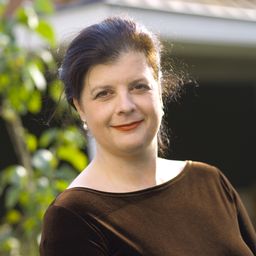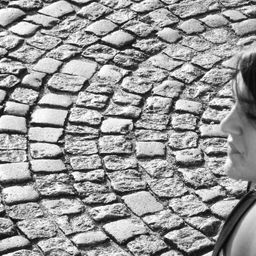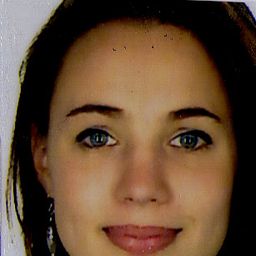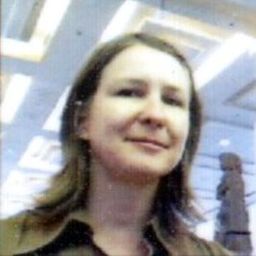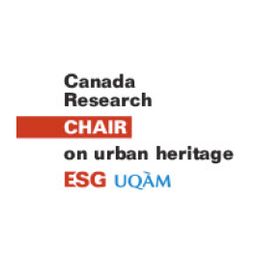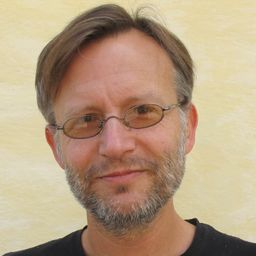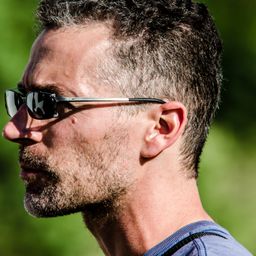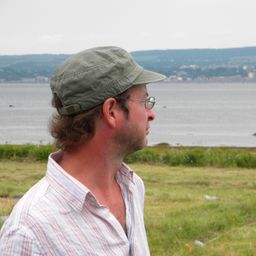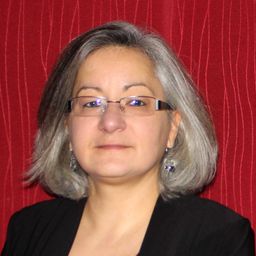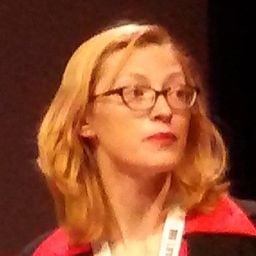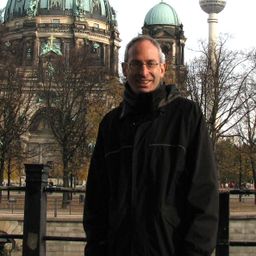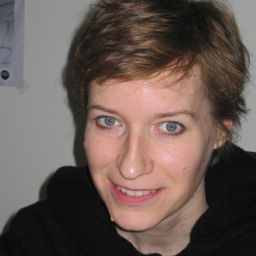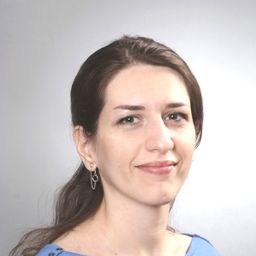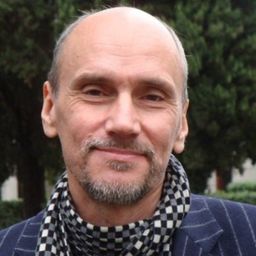Beyond Re-uses: The Future of Church Monuments in a Secular Society | Au-delà de la conversion: l'avenir des églises monumentales dans une société sécularisée
Mon statut pour la session
Please note that this session is scheduled in a distant location from the main conference; transportation will be provided to registered participants. Bus pick-up is scheduled at 7:30 AM in front of the DS Building (320 Saint Catherine East street, on the UQAM site and will return for 7:00 PM at the same location.
Please wear your badge.
___
Veuillez noter que cet atelier est à l'extérieur de Montréal. Les délégués qui se seront enregistrés seront transportés par autobus vers le site. Le départ de l'autobus est fixé à 7h30 devant le pavillon DS de l'UQAM (320, rue Sainte-Catherine Est); le retour se fera le même jour, au même endroit, à 19h00.
Veuillez porter votre cocarde
All through the Christian West, increasingly more churches are closed to worship, and recycling, or converting to new uses has become commonplace. What has not been seen yet is a church renowned for its artistic value, a “monument” in the straight sense of the word, being totally abandoned by the cult and its religious references, fundamental for the understanding of the artistic value itself. While it is now well known that the increased social and global mobility threatens our traditional views on heritage in general, interpretation and education schemes are often put in place to overcome the lack of public memory and common backgrounds on which usually relies the common recognition of heritage: everybody can learn milling at the mill, or farming at the farm, even though they have no previous knowledge or family experience of these practices. But what about the religion, that bears the meaning of the most renowned religious works of art? What is the importance of the Sistine Chapel ceiling if somebody has no knowledge of the Last Judgement, less of Michelangelo, not to say of the so Europe-centred 16th century?
While we can admit that the traditional religious practices and knowledge that produced these Gesamtkuntswerk—as one could name the “total work of art” that describes some unique monuments left by Christianity—will soon be long gone, we have to question the means and the very reasons of their survival as a heritage that less and less would share. Much more that those church buildings that can be re-used for community or other purposes, of course at the cost of some of their décor or artefacts, these Gesamtkunswerk call for major public investments that will have to be justified, if not only through some kind of renewed interpretation and public understanding of their heritage values. If everybody agrees that they have to stay “untouched,” used only as monuments of themselves, should the public authorities engage into liturgy to sustain that mission? If not, who should own them and care for them? How can their integrity be preserved? How can their meaning be conveyed?
This session will provide the opportunity to discuss experiments conducted through the Western World and bring together different viewpoints on the economy, the interpretation and the in-situ preservation of works of art, notably to grasp the legal, financial and societal implications and means of heritage-making when it puts into question the consistency of monuments previously thought to be "untouchable."
__
Partout en Occident, de plus en plus d’églises sont désaffectées par le culte : le recyclage et la conversion à de nouveaux usages sont devenus monnaie courante. En revanche, l’expression de la valeur artistique des églises les plus monumentales pose toujours problème, car la disparition des attributs du culte menace leur capacité de produire du sens. Tandis que tout un chacun peut réapprendre à moudre de la farine ou à tisser pour comprendre le moulin ou le métier, la dissipation de la pratique commune de la religion met en péril la transmission des clés d’interprétation de ces monuments des traditions religieuses historiques.
Cet atelier aborde les expériences occidentales en ce qui a trait à la préservation de telles églises réputées « intouchables », afin de saisir les enjeux économiques et culturels que cette préservation sous-tend et de discuter des implications financières et sociales de ce patrimoine bien particulier.
Sous sessions
J’aborde dans cette présentation le thème proposé sous l’angle de l’architecture, de la pratique architecturale et plus particulièrement celui de la patrimonialisation par le biais de la reconversion. Je propose une approche démonstrative et appliquée en s’appuyant théoriquement sur la démarche et les théories de l’architecte Eugène Emmanuel Viollet-le-Duc, mises en œuvre lors des grandes restaurations au dix-neuvième siècle en France, par exemple Notre-Dame de Paris ou encore la basilique...
Contrairement à la croyance populaire, les réflexions menées dans les diocèses et les communes de France au sujet de la vente ou de la reconversion des églises ne sont pas un phénomène récent. Le nombre d’« édifices religieux excédentaires » – qui ont perdu leur vocation cultuelle ou qui se destinent à un nouvel usage – ne cesse en effet de croître depuis les années 1970, une décennie marquée par une tendance à la déchristianisation. Particulièrement touchées par ce phénomène, certaines ég...
Alors que les clés de compréhension des intentions et du sens des œuvres religieuses (objets d’art ou d’architecture) issues des traditions chrétiennes se perdent, un intérêt certain existe (ou renaît) pour les architectures « grandioses » auxquelles elles ont donné lieu, dès lors qu’on les distingue de l’institution elle-même. Les églises, si elles ont été conçues comme des œuvres d’art totales qui faisaient appel aux différents savoir-faire artistiques (peinture, sculpture, vitrail, musi...
Cultural heritage has been defined as “culture named and projected into the past, and simultaneously, the past congealed into culture.” This is certainly true of how religious heritage has been approached by many governments and other actors. In projecting the present into the past and congealing the past into culture, a selection process takes place where objects from the past are chosen, with references to certain values and in support of narratives. In the case of the heritagization of ...
In 2010, the Caroli Church in central Malmö, built in 1879 and protected by the Heritage Conservation Act, was deconsecrated and sold to a real-estate company. The new owner aimed to use the church for events related to a nearby shopping centre. The County administration granted permission to remove most of the ecclesiastical furnishings. However, the National Heritage Board, arguing that these measures would diminish protected historic values, appealed to the Administrative Courts. Pendin...
Religious heritage and redevelopment is constant and through fast secularization, the number of abandoned churches is accelerating in the Netherlands. Among them are many classified buildings. New features require different approaches and conditions, such as extra light and comfort. This is a challenge and always tailor-made. How do the Dutch deal with the transformation and radical changes in classified religious heritage, with respect for the historical and architectural ...
The preservation of many historic churches is, in these years, under serious threat. Church communities can not afford the costs any longer. Closure and demolition are threatening. Governments want or can no longer guarantee the future of our religious heritage. The private initiative is to move. De Stichting Oude Groninger Kerken, the Dutch foundation for old churches in the province of Groningen, is an example of a private trendsetting organization dedicated to the preserva...
« Trop modeste », « quelconque », « dénaturée » : ainsi est couramment décrite la cathédrale Saint-Germain de Rimouski. C’est pourtant un monument emblématique dont la silhouette et le clocher néo-gothique déterminent le paysage de la métropole du Bas-Saint-Laurent depuis plus de 150 ans. C’est aussi un objet chargé de mémoire, intimement lié à l’évolution du milieu rimouskois mais profondément marqué aussi par des changements culturels qui ont traversé le Québec. Consacrée en 1862 puis ér...
Il existe au Québec près de 325 églises qui en vertu de leurs valeurs patrimoniales bénéficient d’une protection légale. De par leur statut particulier, ces Gesamtkuntswerk (œuvres d’art totales) ne peuvent accueillir autre chose que le culte et ne peuvent être converties à un autre usage. Malgré cette protection, plusieurs d’entre elles sont aux prises avec des situations souvent inextricables qui mettent en danger la pérennité des lieux. Dès lors, il faut se questionner sur les raisons et l...
